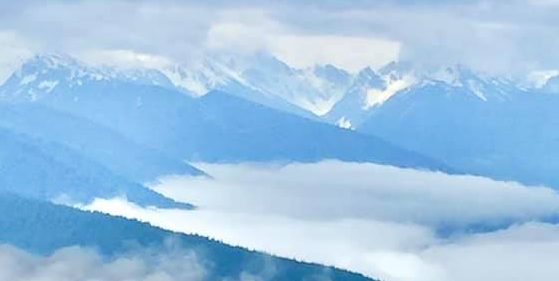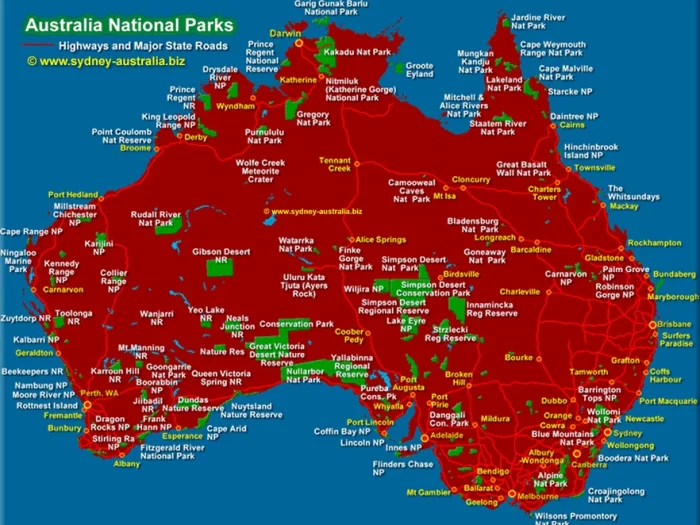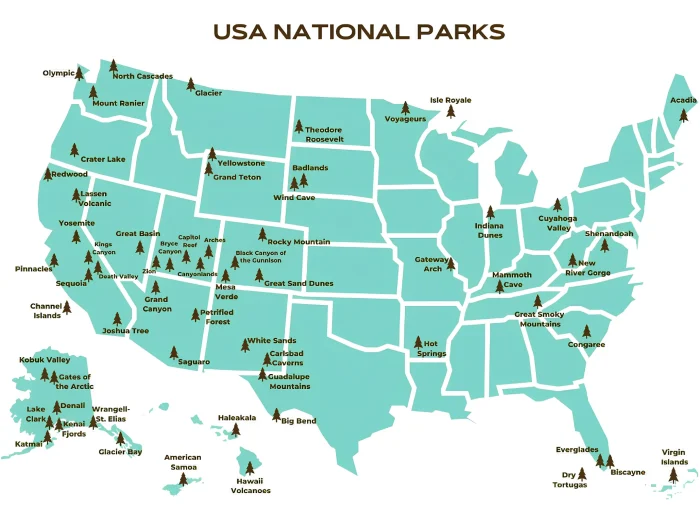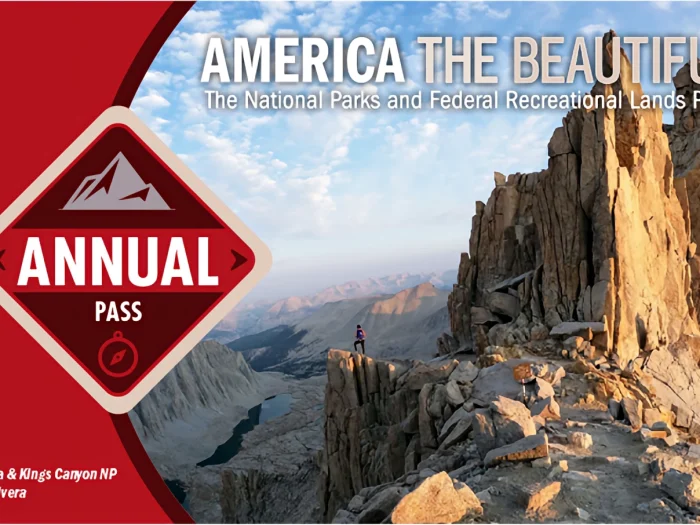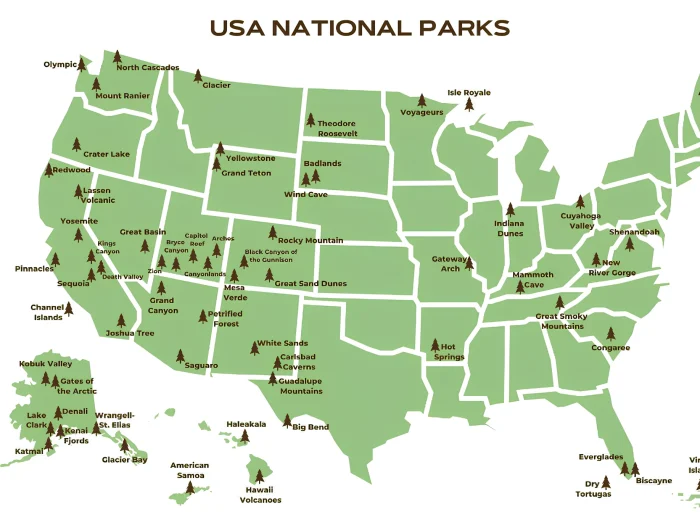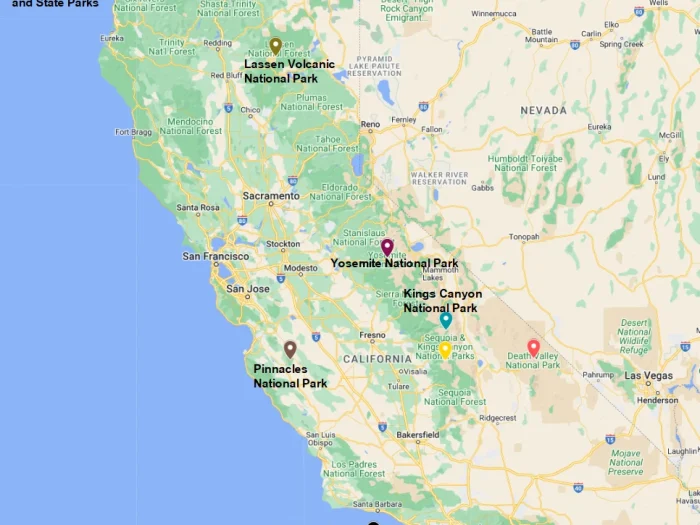Best Things to Do in Capitol Reef National Park
Nestled in south-central Utah, Capitol Reef National Park is a hidden gem among the “Mighty Five” national parks of the state. Known for its dramatic red rock cliffs, colorful canyons, natural arches, and unique geological features, Capitol Reef offers an unforgettable experience for nature lovers, hikers, and photographers alike. Despite being less visited than Zion or Arches, its quiet beauty and sense of solitude make it a perfect destination for those looking to explore the raw beauty of the American Southwest.
Here are the best things to do in Capitol Reef National Park:
1. Drive the Scenic Byway (Highway 24)
One of the easiest and most rewarding ways to explore Capitol Reef is by car. Utah State Route 24 runs directly through the park, offering stunning views of towering cliffs, red rock formations, and the Fremont River. Don’t miss scenic pull-offs like Panorama Point, Goosenecks Overlook, and Sunset Point.
2. Explore the Historic Fruita District
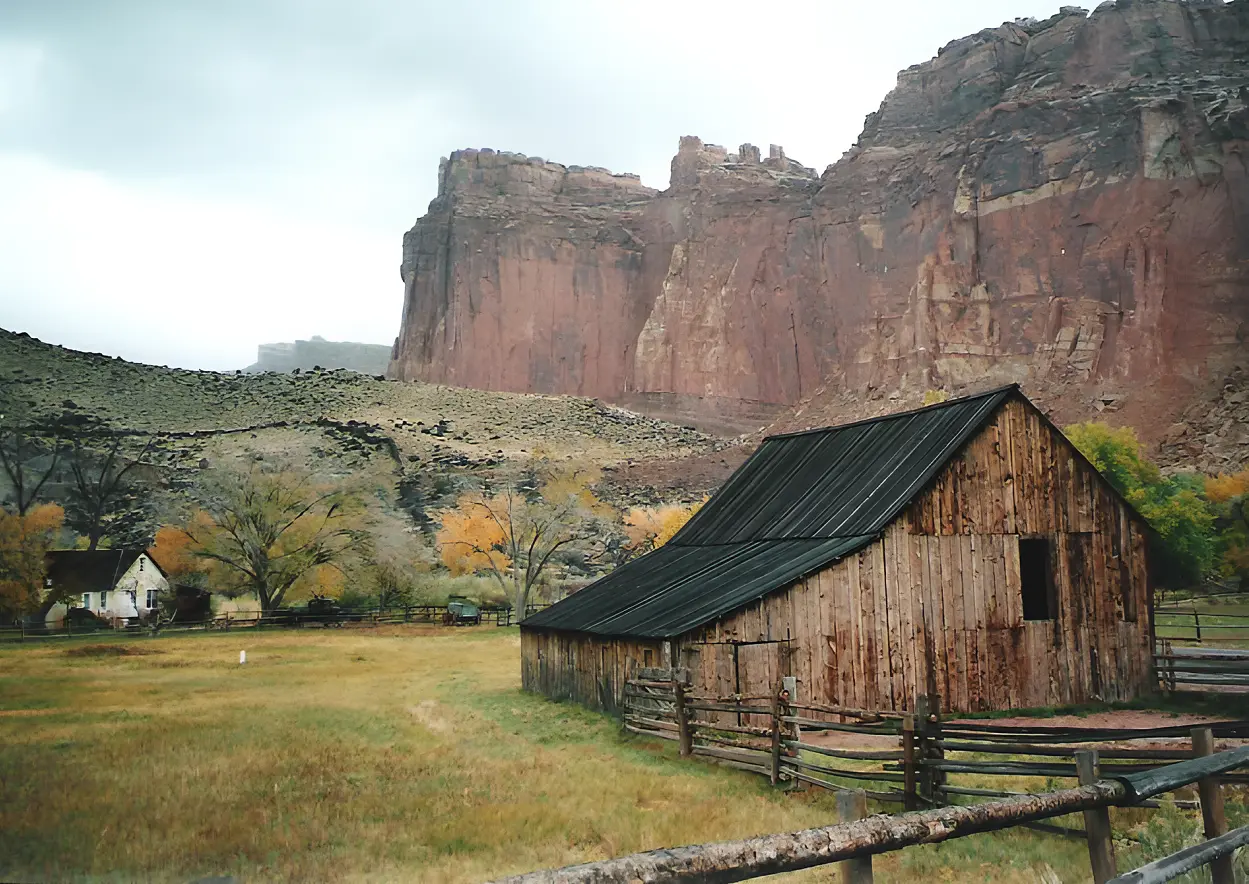
The Fruita Historic District (image: wikimedia.org)
The Fruita Historic District is the cultural heart of the park. Settled by Mormon pioneers in the late 1800s, Fruita is famous for its preserved orchards, historic schoolhouse, and the Gifford Homestead. Visitors can:
- Pick fresh fruit in season (apples, cherries, apricots, and more).
- Tour the Gifford House Museum and Store for local jams, pies, and crafts.
- Stroll along the Fremont River Trail for peaceful views and birdwatching.
3. Hike to Hickman Bridge
One of the park’s most popular and family-friendly hikes, the Hickman Bridge Trail (1.8 miles round trip) leads to a massive natural arch spanning 133 feet. Along the way, you’ll pass through scenic canyons and unique rock formations. It’s a relatively moderate hike with a big payoff.
4. Drive the Capitol Gorge Road
This unpaved scenic drive takes you deep into a narrow canyon lined with towering sandstone walls. At the end, a short hike leads to The Pioneer Register, where settlers and travelers carved their names into the rock walls. This road also provides access to The Tanks, natural potholes that hold water after rain.
Note: Check road conditions at the Visitor Center before driving.
5. Take the Cathedral Valley Loop
If you have a high-clearance or 4WD vehicle, the Cathedral Valley Loop is a must. This remote area features dramatic monoliths like the Temple of the Sun and Temple of the Moon, as well as surreal landscapes and solitude unlike anywhere else in the park.
6. Stargazing Under Dark Skies
Capitol Reef is an International Dark Sky Park, making it one of the best places in the country for stargazing. The lack of light pollution means you’ll see thousands of stars, the Milky Way, and possibly even meteor showers if the timing is right. Night sky programs are occasionally offered by park rangers.
7. Explore Capitol Dome and Navajo Knobs
Capitol Reef gets its name from Capitol Dome, a white Navajo sandstone formation that resembles the U.S. Capitol Building. For panoramic views, experienced hikers can take the longer Navajo Knobs Trail (9.4 miles round trip), offering incredible vistas over the park’s rugged landscape.
8. Enjoy Photography Opportunities
With its vibrant red cliffs, twisting canyons, and changing light, Capitol Reef is a photographer’s dream. Sunrise and sunset offer magical lighting, especially at spots like Sunset Point, Panorama Point, and Cassidy Arch.
9. Backpack into the Wilderness
For those seeking solitude and adventure, Capitol Reef’s remote backcountry is perfect for overnight backpacking. Permits are required but free, and the reward is total immersion in untamed landscapes far from crowds.
10. Visit the Visitor Center
Start your adventure at the Capitol Reef Visitor Center, where you can pick up maps, check weather and trail conditions, talk to rangers, and learn about the park’s geology and history through exhibits and films.
Final Tips for Visiting
- Best Time to Visit: Spring and fall offer ideal weather. Summers can be hot, and flash floods are a concern in monsoon season (July–September).
- Fees: While driving on Highway 24 is free, there’s a fee to enter the Scenic Drive area ($20 per vehicle).
- Lodging: There are no lodges in the park, but the nearby town of Torrey offers accommodations and dining.
Whether you’re passing through or staying for days, Capitol Reef National Park is a place that captures the imagination and soul. From serene orchards to remote desert wilderness, it offers a blend of natural beauty, history, and adventure that few places can match.
